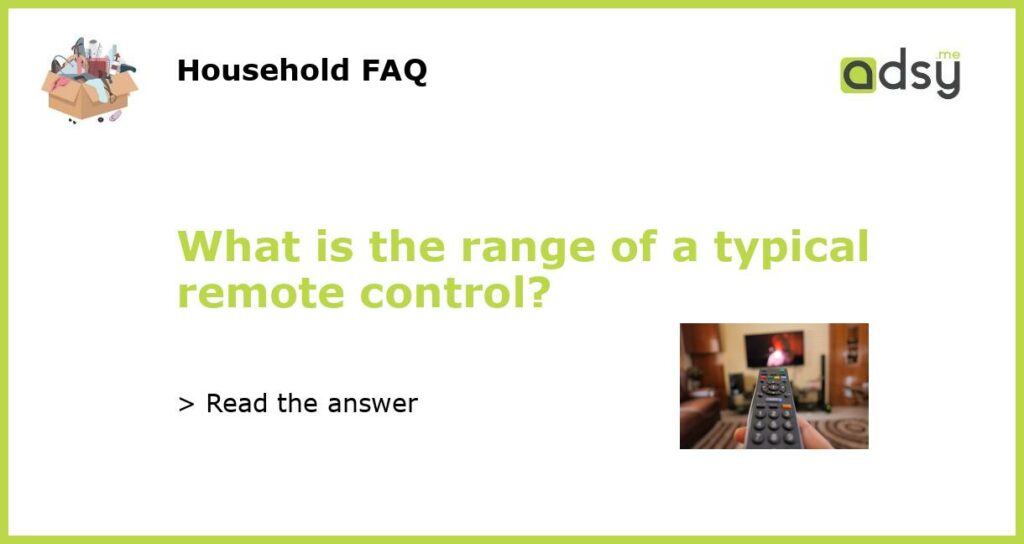The Range of a Typical Remote Control
Remote controls have become an essential part of our daily lives, allowing us to operate various electronic devices from a distance. Whether it’s changing channels on the television or adjusting the volume on a sound system, remote controls give us the convenience of controlling devices without having to be within physical reach. But what is the range of a typical remote control, and how far can we operate our devices from?
Understanding the Technology Behind Remote Controls
Before delving into the range of a typical remote control, it’s important to understand the technology behind it. Most remote controls use infrared (IR) signals to communicate with the devices they control. IR signals are light waves that are not visible to the human eye. When a button is pressed on a remote control, it emits an IR signal that is received by a built-in sensor on the electronic device. This sensor then interprets the signal and carries out the corresponding command.
The Range Limitations of Infrared Signals
Due to the nature of infrared signals, the range of a typical remote control can be limited. Infrared signals have a relatively short wavelength, which means they can easily be obstructed by physical objects, such as walls or furniture. Additionally, infrared signals can be affected by interference from other infrared sources, such as sunlight or other electronic devices. These factors can significantly decrease the range of a typical remote control.
Tips for Extending the Range of a Remote Control
If you find that the range of your remote control is insufficient for your needs, there are a few tips you can follow to extend its range. Firstly, make sure there are no physical obstructions between the remote control and the device you’re trying to operate. Keeping a clear line of sight between the two will maximize the range of the remote control. Secondly, ensure that the batteries in the remote control are fresh and fully charged. Weak batteries can result in a decrease in signal strength and range. Lastly, consider purchasing a remote control extender or repeater. These devices can amplify the signal from the remote control, allowing it to reach devices that are located further away.
Wireless and Bluetooth Remote Controls
While infrared remote controls are the most common, there are also other types of remote controls that operate using wireless or Bluetooth technology. Wireless remote controls use radio waves to communicate with devices and typically have a longer range compared to infrared remote controls. Bluetooth remote controls, on the other hand, use the Bluetooth protocol to connect with devices. Bluetooth remote controls are commonly used to operate smartphones, tablets, and other portable devices. The range of wireless and Bluetooth remote controls can vary depending on the specific technology used, but they generally offer a greater range compared to infrared remote controls.






